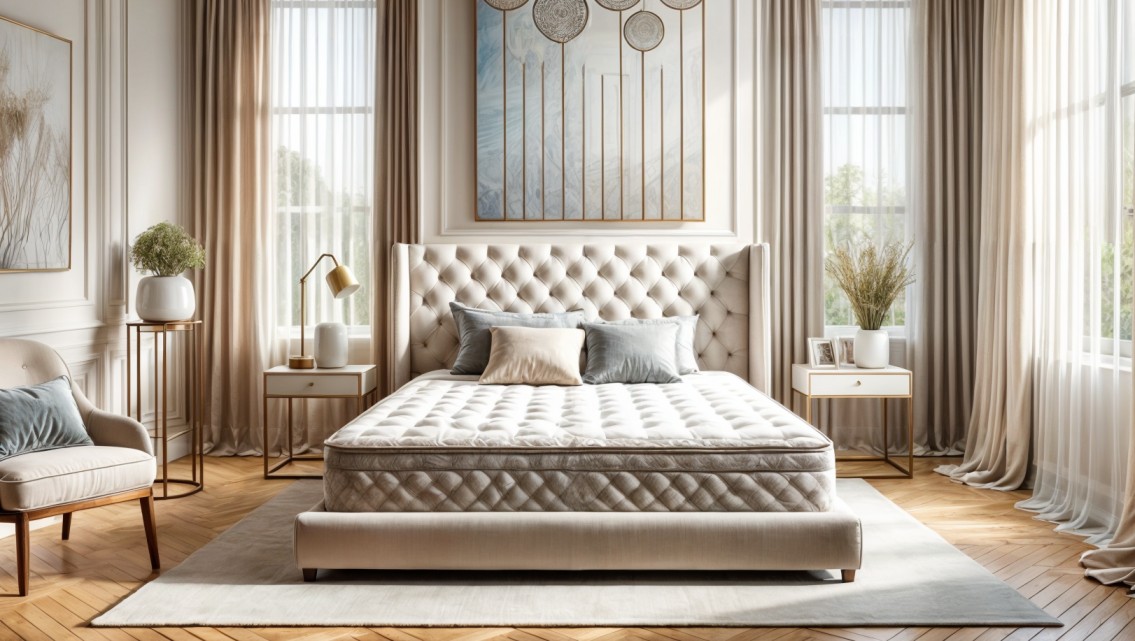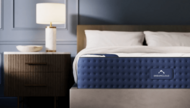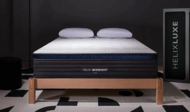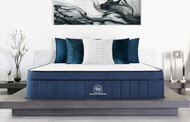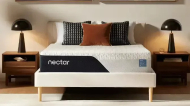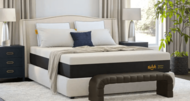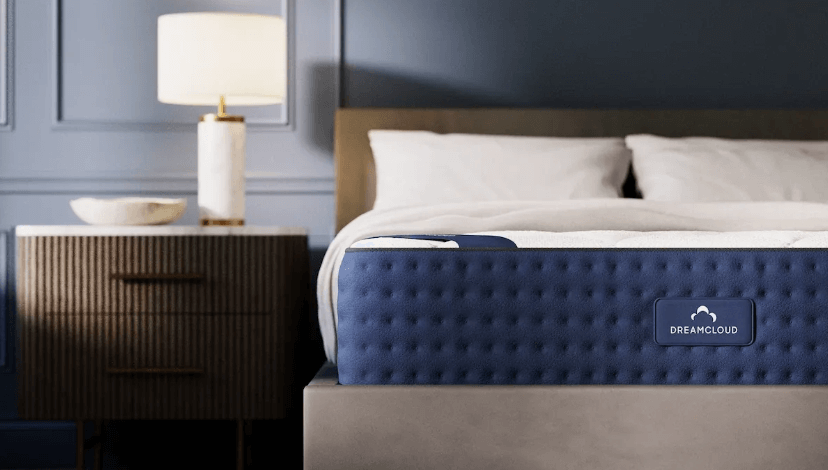People who sleep primarily on their side have unique needs compared to back and stomach sleepers. Although it's the most popular among Americans, this sleeping position does the least to promote and maintain your back's natural curve. This not only leads to a disrupted sleep pattern but also increases your risk of developing shoulder and back pains. Ultimately, this means that, more than anyone else, side sleepers should be very particular when buying a mattress.
Tips for Buying the Best Mattress for Side Sleeping
Mattress Type
Innerspring mattresses are popular among budget shoppers and people who want a bed that doesn't get hot while sleeping. While they help side sleepers maintain a near-natural spinal alignment, they lack enough softness that's needed to soothe pressure points. Memory foam is the best material for relieving pressure point pain. But some people may have an issue with this material's heat retention problems. Hybrid mattresses provide a balance between pressure relief and breathability. These mattresses use springy coils for their core and foam (memory foam is standard) comfort sections. This foam hugs your corresponding side to deliver the much-needed pressure relief. Latex is another excellent option if you'd prefer a springier, breathable, and durable all-foam mattress. This versatility comes at a cost, though.
Best firmness level for side sleepers
The best mattress for side sleepers provides contouring comfort and a neutral spine position. To maximize these benefits, the bed needs to allow your hips and shoulders to sink slightly into the mattress for superb spinal alignment and support the head and neck. Generally, mattresses in the medium-soft to medium-firm range tend to impress side sleepers the most. Side sleepers with an average to above-average build should consider a mattress with more support.
Cooling and airflow
Is temperature control essential for your sleep? If so, you need to put this into consideration when choosing a mattress for sleeping on your side. Innerspring and pocketed coil mattresses are the best when it comes to sleeping cool. The gaps between the coils allow air to flow to and from the sleeping surface, leaving you with a cooler sleeping area. Between memory foam and latex, the latter takes the lead in breathability to generally sleep cooler. Note that heat retention is no longer a major issue with memory foam beds today. Most manufacturers now design their mattresses with cooling technologies that help with heat dissipation. If this is your material of choice, consider mattress brands with gel beads, gel swirl, copper- or graphite-infused covers, and ventilated air channels.
Lifetime warranty
365-night sleep trial & free shipping
As low as 0% financing with affirm

